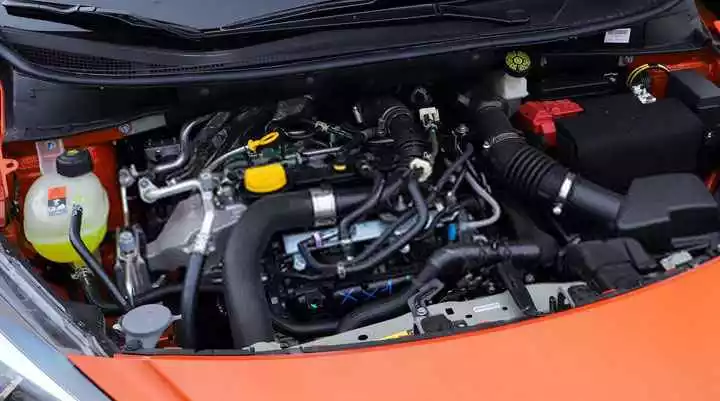If you’ve ever had transmission problems before, you know how expensive they can be to fix. Proper understanding of and care for your 2010 Nissan Maxima transmission can save you some money in the long run. And if you’re comfortable with performing DIY transmission repairs, you may be able to diagnose and rectify these problems on your own. This brief guide explains what’s inside a transmission system and what makes it work. Keep reading to learn these key points, plus how to spot transmission issues and what you can expect to pay for a new system.
How Does an Automatic Transmission Work?
Today’s vehicles come with one of two transmission types: manual or automatic. If you’ve ever driven a stick shift car, you have a basic idea of how manual transmissions work. You must shift between gears to select a proper gear ratio that delivers the right balance of speed and power. You shift as road conditions or power requirements change. For instance, third gear is useful for getting up a hill.
To perform gear changes, you must interrupt the flow of power between the transmission and your wheels. On manual vehicles, you accomplish this with the clutch. Engaging it breaks that power connection so your wheels can stop turning. Only then can you safely move between gears or stop the vehicle.
The major distinction between manual and automatic transmissions is how they shift gears. With automatic, you don’t have to press a clutch pedal or move a shift lever. In fact, automatic transmission parts are slightly different. Automatics use torque converters and solenoids instead.
A torque converter has its own flywheel and clutches with several gearsets that comprise the vehicle’s gear system. It’s part of a sophisticated hydraulic system that moves pressurized fluid to rotate the converter’s turbine, create power, and change the gear set. Solenoids regulate how much fluid goes into the transmission system.
You May Read This Also: How To Get The Maximum Cooling From Your Car AC?
Signs of a Failing Transmission
When your Maxima’s “Check Engine” light illuminates and no other symptoms are present, it can be tricky to figure out the underlying problem. But with transmission issues, this usually isn’t the case. Common causes of transmission failure can include overheating from low or dirty transmission fluid, a failing oil cooler or even faulty solenoids. Other problems come from malfunctioning torque converters or shift cables. These tend to make themselves known fairly well. You may notice a few distributing signs:
- Loss of acceleration
- Slipping gears
- Inability to shift gears
- Grinding, clunking or whining noises
- Starting in gears other than park
- Shuddering
A new transmission for your Nissan Maxima can cost between $3,500 and $4,200. Keep in mind, however, that this estimate only includes the parts themselves. Labor is priced separately on any vehicle repair job, including transmission replacement. Separate vehicle drivetrain accessories and parts price out differently, but even those costs can vary widely. No matter what you need to replace, whether individual components or an entire transmission, your best bet is to shop at a reputable aftermarket auto parts retailer.

